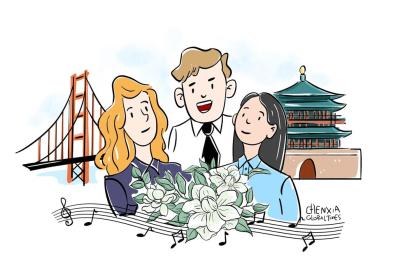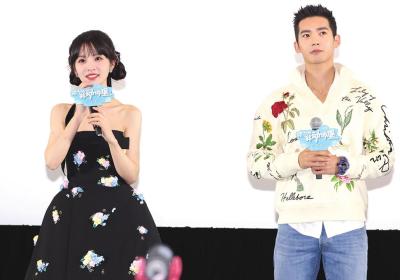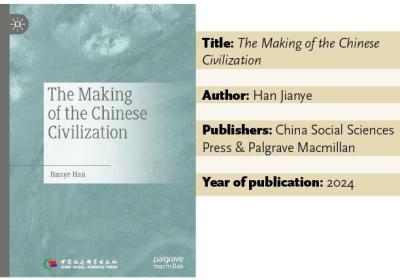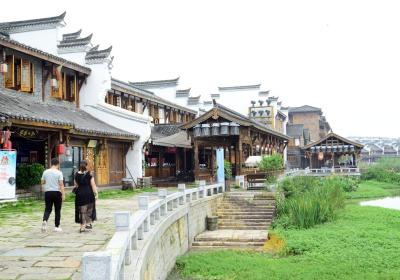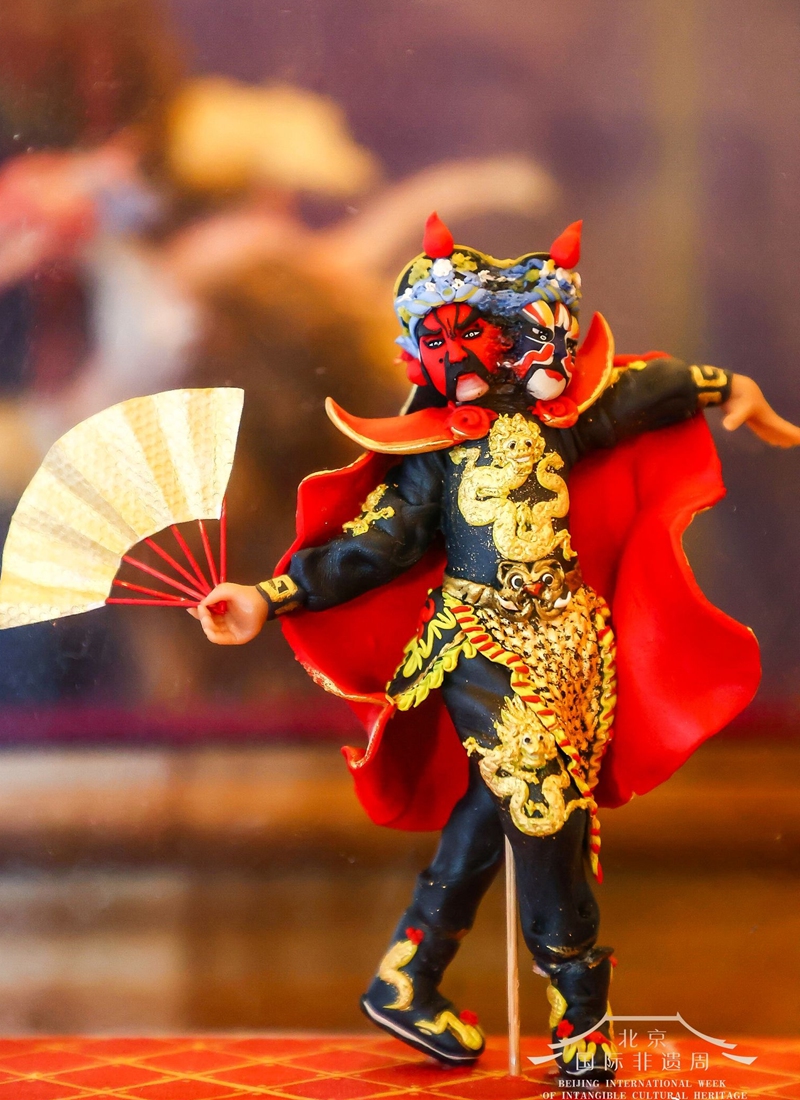
A dough sculpture by young Chinese artist Lang Jiaziyu Photo: Courtesy of Lang Jiaziyu
Editor's Note:
In 2023, a series of noteworthy topics have emerged in the Chinese cultural landscape. In the planning of the 2023 Cultural Gala, the Global Times will delve into nine important topics, aiming to showcase the multidimensional aspects of Chinese civilization and the diverse charms of Chinese culture.
This is the third installment of the Global Times' Year-end Special on Culture, in which we review how a trendy term, Guochao, or China chic, evolved and crossed with other industries or ideas to reshape contemporary fashion and lifestyle thanks to the imaginative minds of the young Chinese innovators in the past year.
At the start of 2023, a sprightly illustrator in his early 30s suddenly skyrocketed to fame on China's social media platform Xiaohongshu. Li Shichuan rise to stardom was no stroke of luck. Just before his newfound popularity, he had a whimsical idea to infuse the millennia-old Chinese tradition of the lively lion dance into his artistic pursuits. With a quirky twist, he brought this age-old tradition to life in a vibrant, cartoonish style, captivating throngs of fans.
This lion dance enthusiast, however, represents just one of the many Chinese trendsetters. Similar creative minds are brewing in the cultural cauldron, reshaping China's traditional elements through the lens of modern reinterpretation.
Hailing from Hangzhou, East China's Zhejiang Province, fashion designer Wu Haiyan told the Global Times that today's young innovators are steering away from the overly literal expressions of Guochao, or China chic. Instead, they've developed a more sophisticated grasp of the concept.
"Young creatives from diverse fields nowadays are getting better at mastering the skills of weaving this concept into their respective industries, merging it with various themes like environmentalism, technology and more. This shift is attributed to a newfound confidence in traditional culture and a deeper, more comprehensive understanding of the concept," noted Wu.
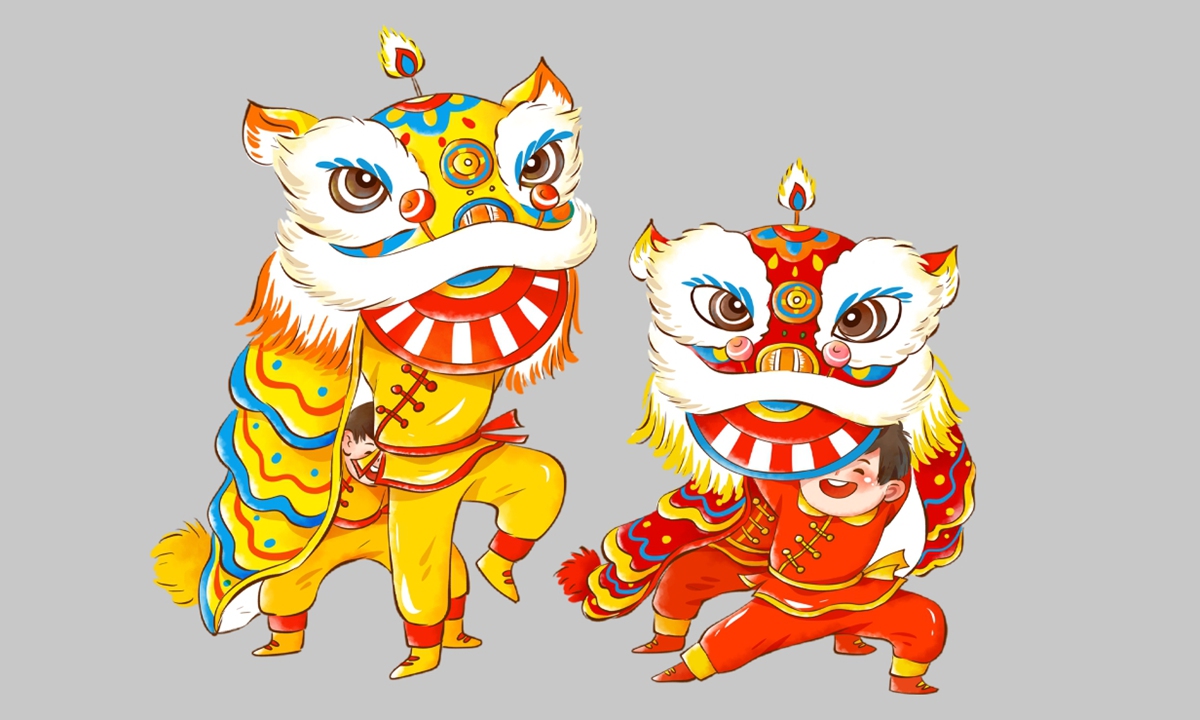
An image describing the lion dance Photo: VCG
A modern makeoverIn a dynamic dance of creativity in recent years, the term Guochao is undergoing a modern makeover thanks to the imaginative minds of the young Chinese innovators reshaping contemporary fashion and lifestyle.
At the China (Wuxi) International Design Expo in September, a traditional Huishan clay figurine booth from Wuxi, East China's Jiangsu Province, stole the show, beckoning a throng of intrigued onlookers.
Huishan clay figurines originally meant two ordinary clay-crafted boys and girls with a heritage spanning centuries. But passed down through generations, these iconic figures found new life in the hands of a younger generation that took charge after the establishment of a new factory. They ingeniously expanded this traditional element into a versatile range of nearly 50 products, including notebooks, bags, pillows and table decorations.
"I think the newfound fervor for Guochao isn't merely about paying respects to tradition, but rather an artful fusion of ancient aesthetics and modern design: A movement known as modern vintage, seamlessly blending traditional elements with contemporary flair," Wang Jie, vice general manager of the Huishan Clay Figurine Factory told the Global Times, adding "and that's what we've been wanting to achieve."
These clay figurines are not the only case. Lang Jiaziyu, a third-generation inheritor of Beijing's dough figurine art, also used a "going online" strategy to bring the 100-year-old folk tradition to more than 2.5 million fans on platforms like Bilibili, which is home to numerous Generation Z viewers.
He told the Global Times that the Guochao trend is not just a matter for young people. "Each generation of Chinese artists have their own Guochao concept in mind."
Fueled by the rapid spread and evolution of social media, the concept of Guochao is no longer confined to big businesses and their sales strategies. Instead, individuals from various industries are utilizing a variety of media platforms to swiftly broadcast and garner responses online and from the mass public.
"This is exactly what we had hoped for," Li Bin, the young CEO of an eco-friendly fashion platform, said to the Global Times.
"Over the last one to three years, we've hosted design stages and weeks, providing a stage for young, visionary designers. Whether they focus on environmental concerns or delve into traditional culture, these designers' novel perspectives gain attention from a larger audience through these events," Li said.
In the 2023 mid-year young design competition with Guochao, among the 500 submissions, one piece stood out: A garment constructed using mortise and tenon structures, a robust jointing technique that involves connecting two pieces by inserting a tab (tenon) into a slot (mortise). This ancient and durable jointing method, used in China for thousands of years, requires meticulous sewing, allowing for a freely assembled piece.
For traditional clothes, narrowing the gap between luxury and the public is another motivating factor.
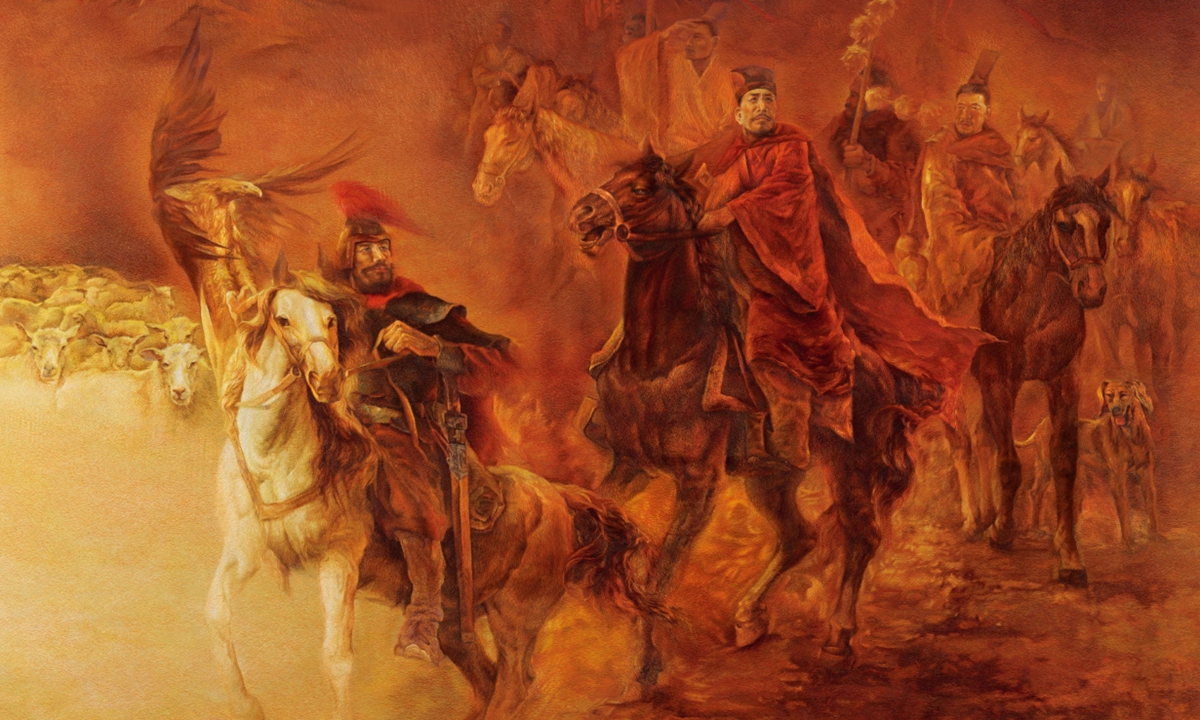
A Suzhou Embroidery work by Chinese artist Yao Jianping Photo: Courtesy of Yao Jianping
Artisan Yao Jianping, 56, is one of the Suzhou Embroidery culture's most iconic inheritors. Starting her journey with the Chinese Intangible Cultural Heritage (ICH) treasure at the age of 12 followed by years of practice, Yao's "embroidery wisdom" not only showcases excellent craftsmanship but also displays a strategic mind in promoting the traditional art.
"Handicrafts have gradually become 'high-end luxury' products and so they struggle to appeal to common consumers," she told the Global Times.
To narrow the distance between consumers and "luxury" products, Yao has launched a studio brand called Yao Xiu to offer a wide range of affordable everyday accessories with Suzhou Embroidery elements.
One can find an embroidery piece inlaid into a watch to decorate the dial plate. Commonly pricy embroidered cheongsams are also tailored like casual skirts adapted to people's quotidian lives.
"We need to have a creative mind to think about Chinese fashion," Yao told the Global Times. The craftswoman is far from the only inheritor who has creatively reconnected with the tradition.
Embark on international stageNo longer a rigid symbol, the term Guochao has been transformed into a canvas for individual expression. These fresh concepts propel Guochao aesthetics toward openness, innovation, and diversity, infusing richer fashion nuances into traditional Chinese culture. As a result, these creatively practical designs are seizing the international stage with their eye-catching flexibility.
In October, the China Cultural Center in Paris hosted China-France Fashion Week, which was co-organized by the China Cultural Center and the well-known Prince Kung's Palace Museum in Beijing.
Models walked the runway wearing exquisitely designed outfits that embodied Chinese culture, all set against the soothing melody of the occasion. The pieces merged traditional Chinese workmanship with modern tailoring, generally made from natural fabrics sourced in China, to create a visually striking effect that appealed to both fashion enthusiasts and the general public.
According to a joint statement by China and France that also highlighted a need to improve cooperation in the cultural and creative sectors, the fashion week was an important step toward strengthening China-France cultural interchange and cooperation in the field of fashion.
"We hope to see more and more Chinese-inspired designs on the global stage. However, the prerequisite for achieving this goal is that more young people should possess a solid foundation in traditional cultural knowledge. Only then can they, like their predecessors, open up authentic channels for modern expressions of traditional culture," fashion designer Wu expressed to the Global Times.




